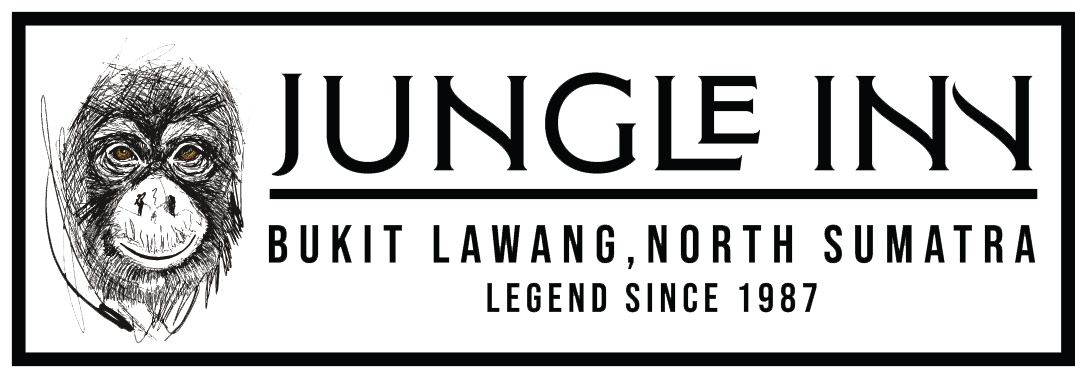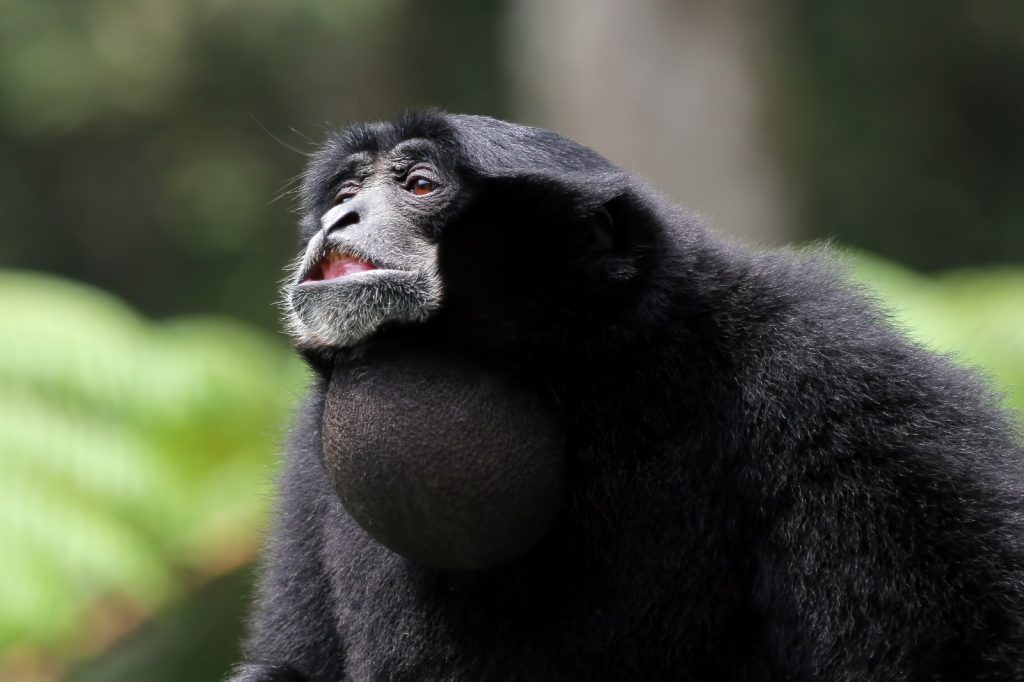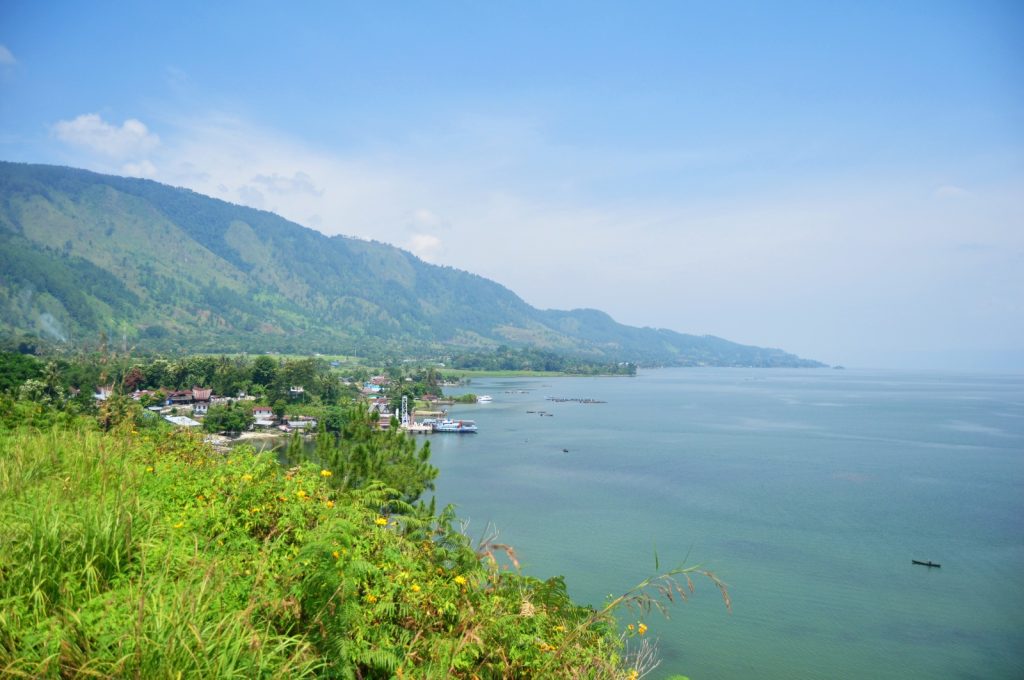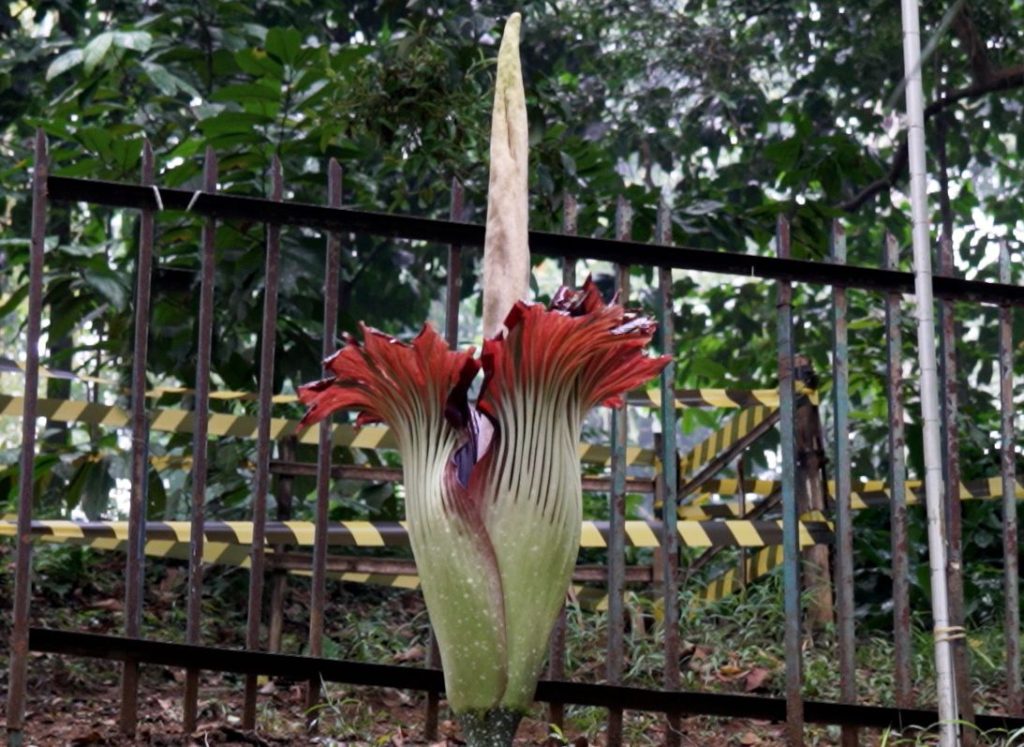Siamang Gibbons: The Singing Primates of Southeast Asia
High in the treetops of Southeast Asia’s lush rainforests, a haunting melody resonates through the jungle. This haunting yet beautiful sound is the call of the siamang gibbon (Symphalangus syndactylus), one of the most enigmatic and acrobatic primates to inhabit the canopy. In this article, we’ll delve into the fascinating world of siamang gibbons, exploring …
Siamang Gibbons: The Singing Primates of Southeast Asia Read More »






